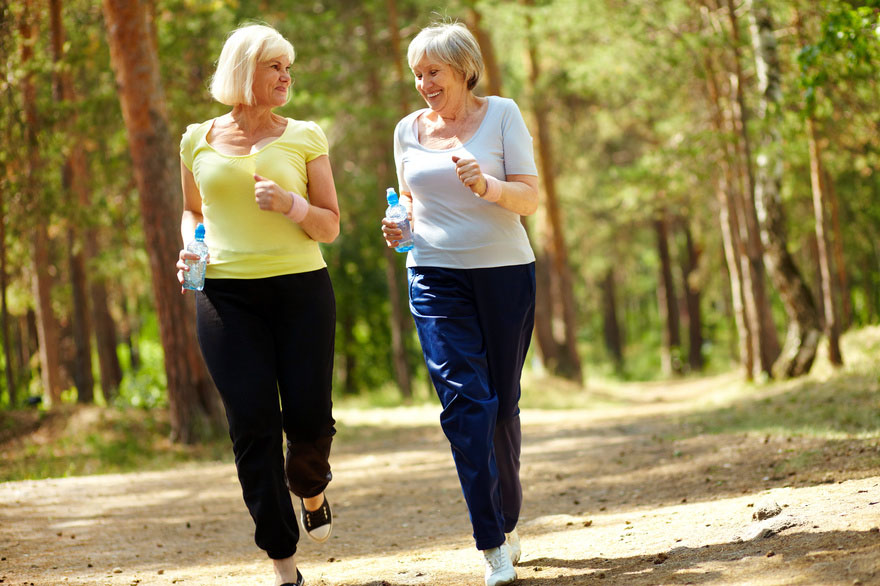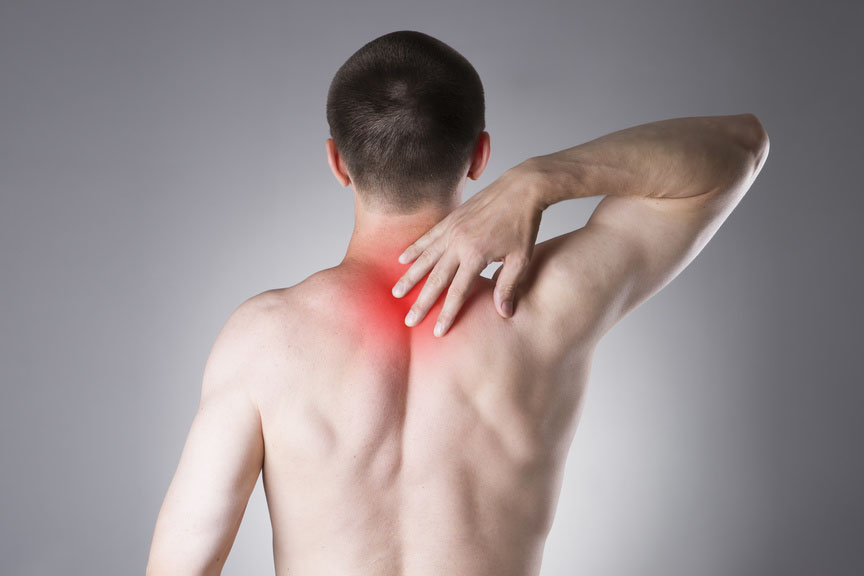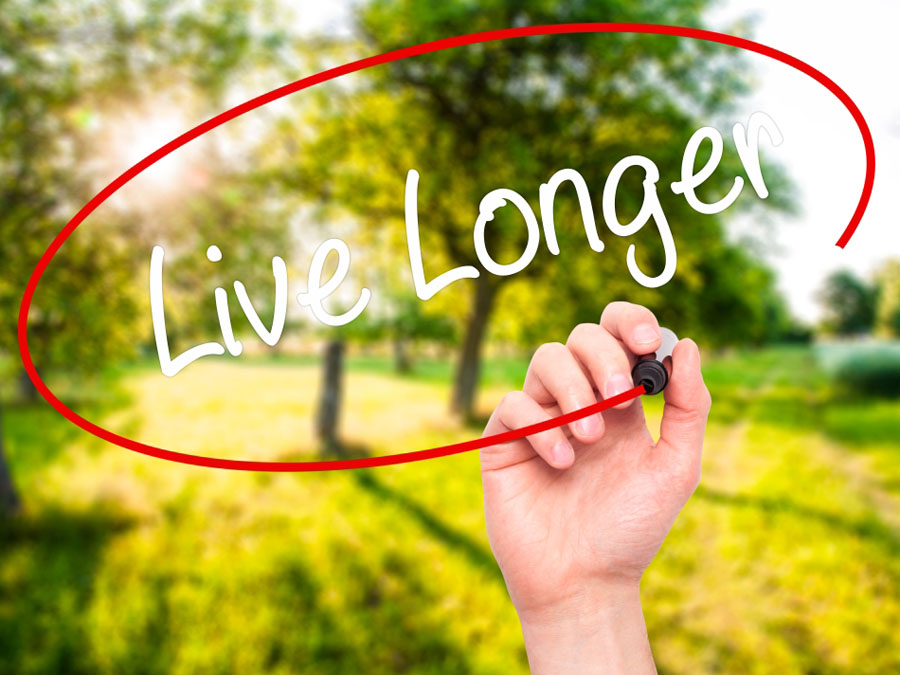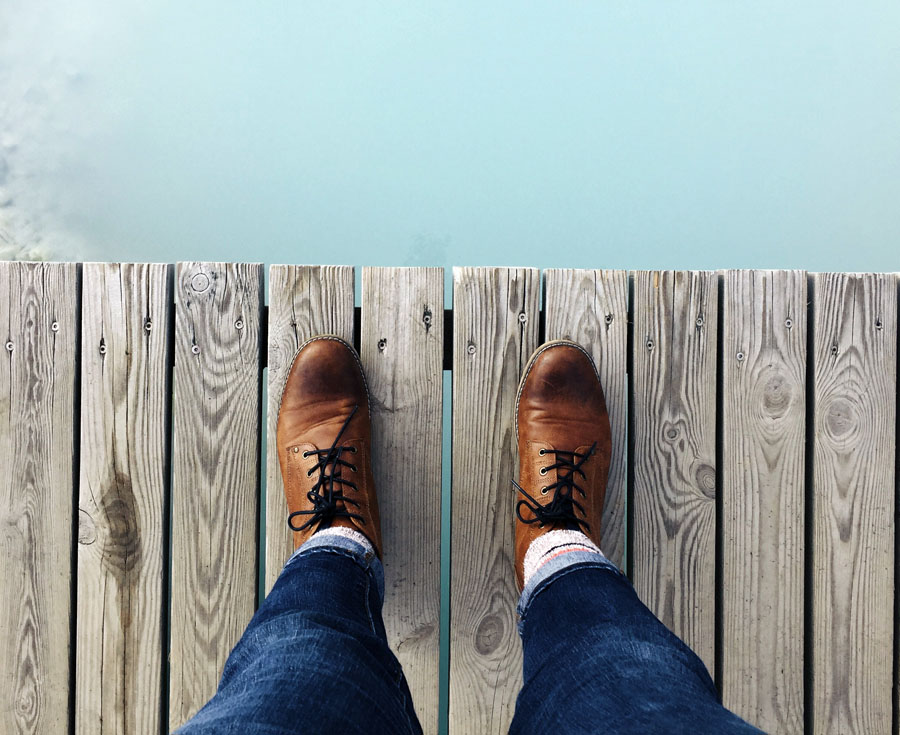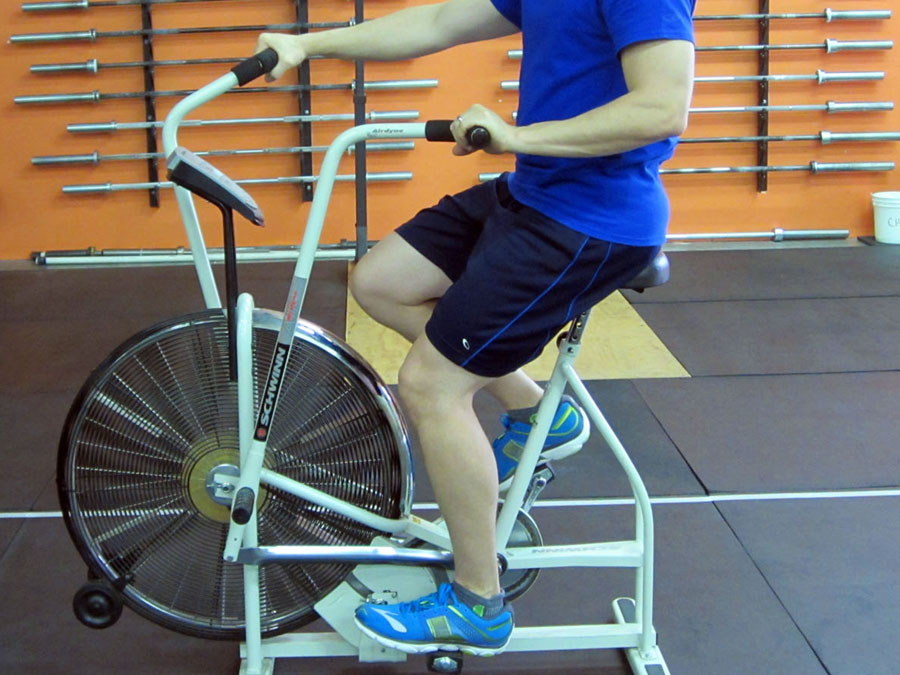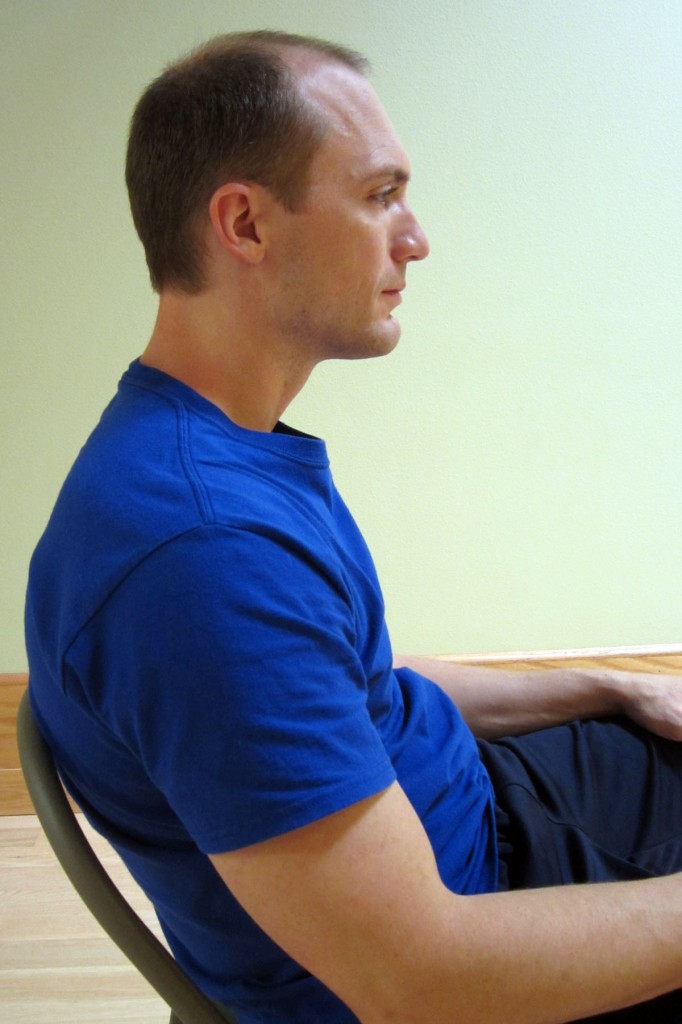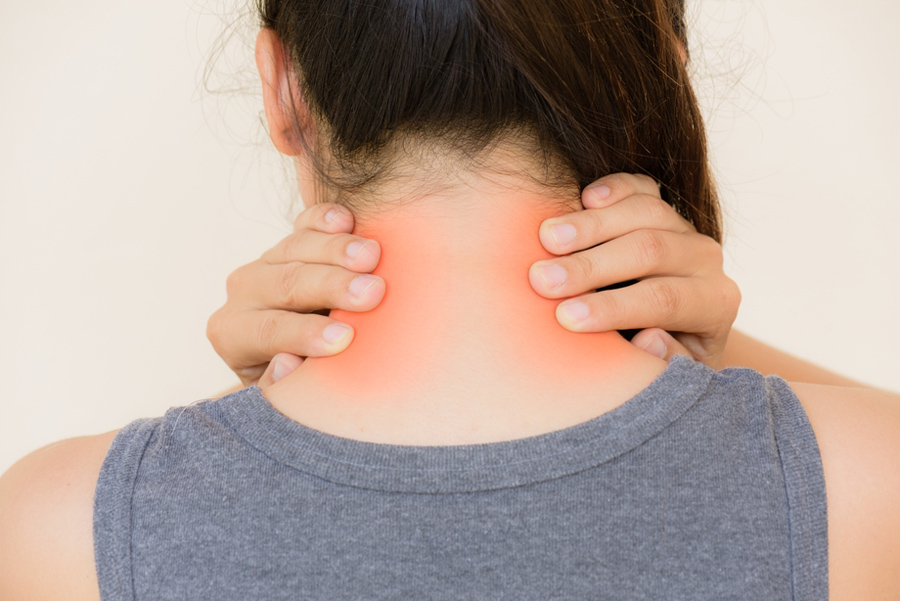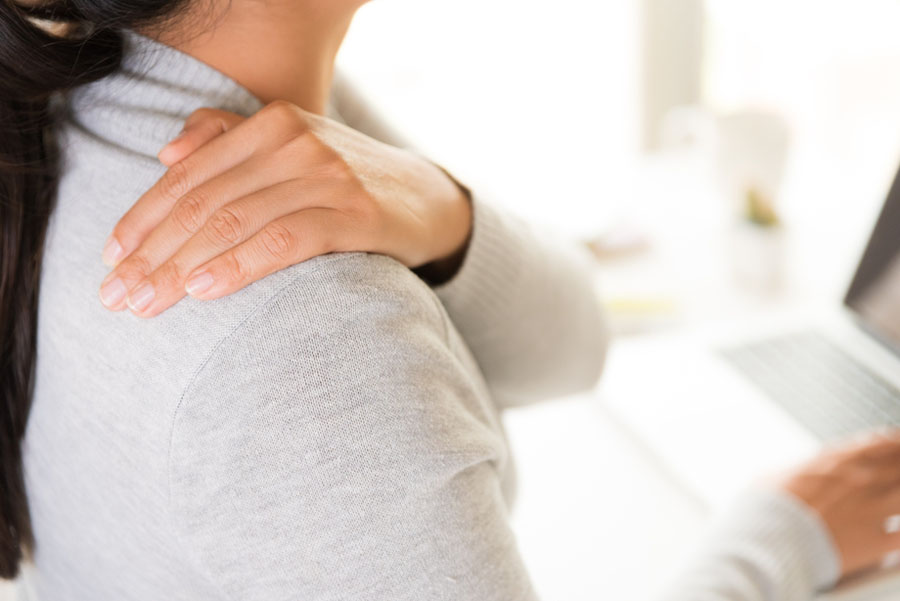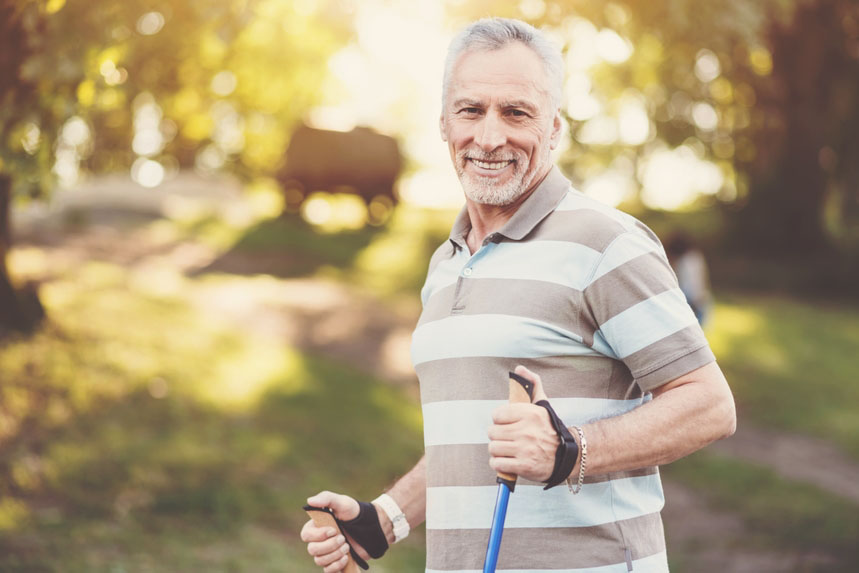Osteoarthritis (OA) is the most common form of arthritis that affects an estimated 12.1% of the U.S. population (nearly 21 million Americans age 25 and older). OA is one of 171 different types of arthritis. The chance of developing osteoarthritis increases with age. Most people over age 60 experience OA to some degree.
Arthritis is a commonly used term that can have multiple meanings depending on the person. In general, arthritis means inflammation of the joints. OA is commonly associated with wear and tear on the joint surfaces from injury or overuse. It is associated with a breakdown of cartilage in joints and can occur in almost any joint in the body. OA seems to have a genetic or heredity component.
OA is most commonly found in joints that were previously damaged through injury or wear and tear (particularly, the load bearing joints of the body which include the spine, hips, knees, ankles, and toes). Finger joints are also commonly affected by OA.
Preventing an injury is always best in order to avoid OA. Unfortunately, accidents occur. The following actionable key strategies will help you to prevent and treat OA.

4 Key Strategies for Preventing and Treating Osteoarthritis (OA):
Range of Motion (ROM)
A mobile joint is a healthy joint. A joint must go through its full ROM on a daily basis to remain healthy. Most joints do not contain a direct blood supply delivering important nutrients. Without full ROM, synovial fluid (a nutrient rich and internally lubricating fluid) cannot properly circulate and coat the joint surface. Over time, this can lead to stiffness and dysfunction along with joint deterioration (such as arthritis).
Appropriate stretching and ROM can be used as a treatment and preventative measure. Although there are many different stretching methods, not all of them are created equal and are not appropriate in every circumstance. Research indicates that stretching improperly or at the wrong time can inhibit performance and can lead to worsening pain symptoms in the case of OA.
Five different methods of stretching or improving ROM include:
- Static Stretching
- Dynamic Stretching
- Myofascial Release with Foam Rolling
- Proprioceptive Neuromuscular Facilitation (PNF)
- Neuromobilization or Neural Gliding
Please refer to 5 Ways to Improve Range-Of-Motion (ROM) for detailed descriptions for each method.
Stretching is critical to maintaining flexibility. Flexibility is a critical component to healthy and optimally functioning body and joint surfaces. While often being overlooked, flexibility and stretching are critical to optimizing health, preventing injury, and maximizing performance.
Stretching should never be done to the point of causing pain. It is possible to cause injury by over aggressively stretching. The best results are usually through consistency and a mild to moderate stretching sensation. Yoga, Pilates, and Tai Chi can also be great forms of exercise to maintain ROM.
Strength
Appropriate strength is the key to insuring proper joint function and stability. An appropriate strengthening program should be a staple to a healthy aging lifestyle and for osteoarthritis prevention and treatment. Appropriate amounts of strength insure the body’s joints have appropriate stability for activities of daily living and any desired recreational activities without pain or further wear and tear.
If you have OA, seek a professional (such as a physical therapist) who is familiar with managing OA in order to establish an exercise program that includes strength training.
Excessive shearing forces, rotational forces, and exercises should be avoided. Joints with severe involvement should be exercised with caution and an emphasis should be placed on ROM and stability versus actual loading of the joint. All exercises should be performed in a slow and controlled environment within the available ROM. Maintaining muscle mass through strength training is critical. Strength training should be performed only one to two times per week to minimize any risk of over stressing the joint.
Healthy Diet
Osteoarthritis as well as many other forms of arthritis can have an inflammatory component. Other types of arthritis, such as Rheumatoid Arthritis (RA), have an autoimmune component. Appropriate nutritional management is critical for treatment as well as general prevention. Consume foods that promote a low inflammatory diet. This includes a diet high in Omega-3 fatty acids and other natural herbs (like garlic and turmeric) which can naturally lower inflammation.
Healthy Weight
OA is often associated with wear and tear of the joint surfaces (including overuse syndrome). The most susceptible joints affected are load bearing joints such as the knee and spine. Weight management is a critical component.
For example: Every pound of excess weight exerts about 4 pounds of extra pressure on the knees. A person who is 10 pounds overweight has 40 pounds of extra pressure on his/her knees. If a person is 100 pounds overweight, that is the equivalent of 400 pounds of extra pressure on his/her knees.
It is important to manage your weight effectively. Excessive body weight can cause additional wear and tear, particularly on the lower extremities joints, and can worsen any damage caused by OA.
While osteoarthritis (OA) is a common aliment for most of us as we age, it doesn’t have to be symptomatic. The research on OA is very clear. If you have OA, it doesn’t mean that you will have pain or develop any form of debility associated with OA. In order to increase the likelihood that OA doesn’t affect your ability to age well, it’s best to stay as active as possible. Implement these 4 key strategies in order to prevent and treat OA.
What are your experiences dealing with osteoarthritis? What has worked or not worked for you? Please leave your comments below.
If you have a question that you would like featured in an upcoming blog post please e-mail contact@thePhysicalTherapyAdvisor.com. Be sure to join our growing community on Facebook by liking The Physical Therapy Advisor!

